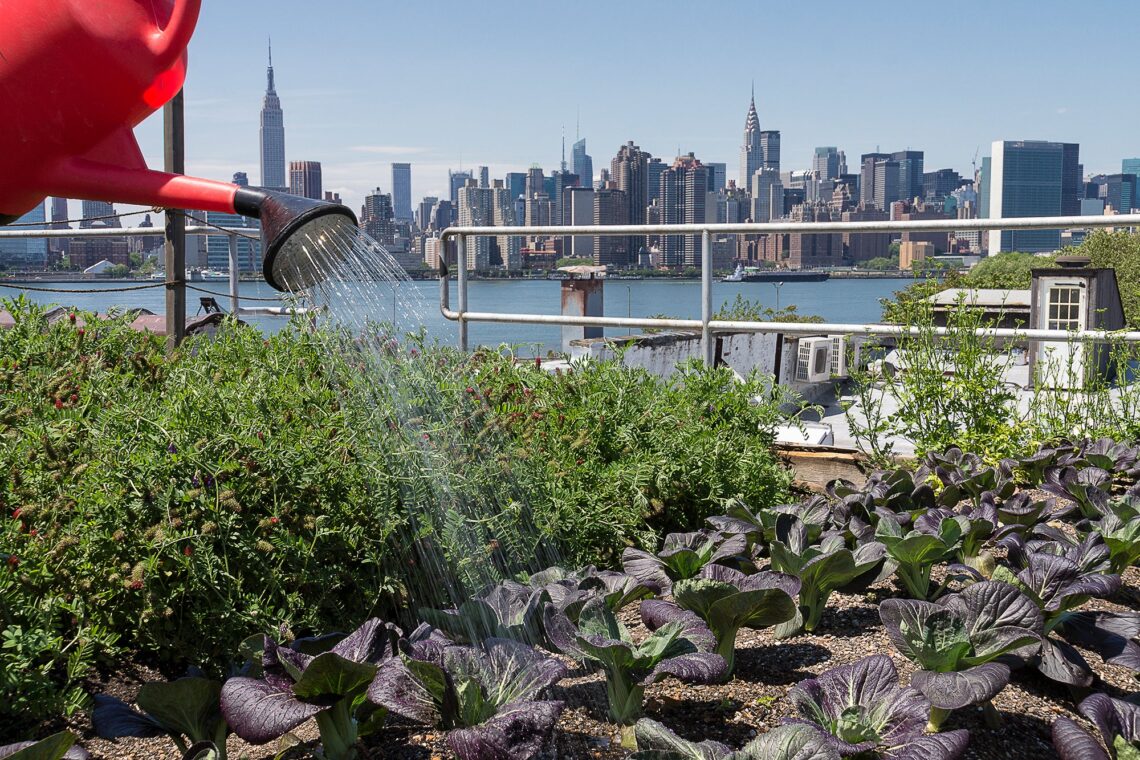Stroll through any trendy neighborhood of Brooklyn, N.Y., and you’ll notice little pockets of green tucked between the concrete and brownstones. Many of these miniature oases are community gardens, spaces dedicated to growing produce ranging from kale to squash to tomatoes right in the heart of the city. Such projects are often seen as a climate solution—a way to enjoy fresh, local food with minimal environmental impact. But though these spaces have many upsides, reducing carbon emissions isn’t always one of them.
A new study in Nature Cities compared carbon emissions from small farms and gardens in major cities across the U.S. and Europe with those of a typical industrial farm. The results may surprise many climate-conscious and well-meaning urbanites: per serving of produce, the carbon cost of low-tech urban farms can be up to six times greater than that of industrial farming operations. “We knew it would be high, but we didn’t realize it would be so high,” says study co-author Joshua Newell, a sustainable development researcher at the University of Michigan.
But the process of growing food in cities doesn’t have to be so carbon-intensive, however, Newell says. In fact, when done right, it could have huge environmental and societal benefits—and many researchers still see it as an important part of a more sustainable future.
On supporting science journalism
If you’re enjoying this article, consider supporting our award-winning journalism by subscribing. By purchasing a subscription you are helping to ensure the future of impactful stories about the discoveries and ideas shaping our world today.
Urban agriculture—whether it describes towering, high-tech vertical gardens or a small patch of dirt with a few basil plants—has become increasingly popular around the world as food movements such as eating local produce and growing organic crops have gained momentum. These operations are often viewed as a sustainable, community-focused alternative to big…
Read the full article here







